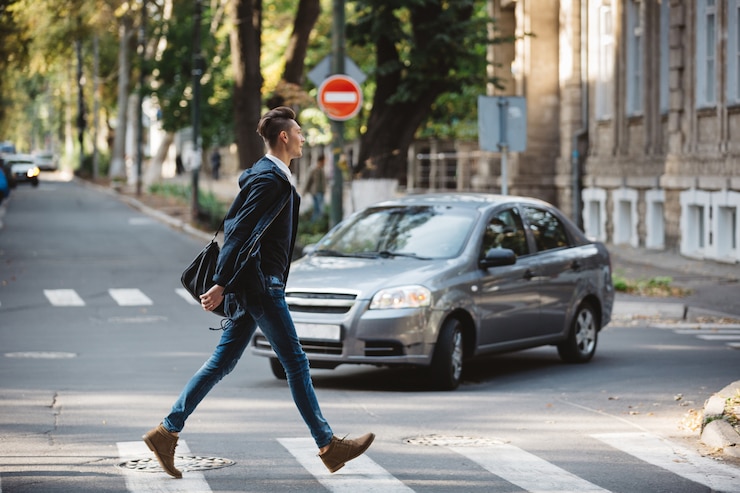In 2015, a pedestrian was hit by a bus while walking the crosswalk, notably with the light. Three years later, he was awarded $85 million in damages.
Not all pedestrian accident victims will receive $85 million for their injuries or even death. Indeed, the case was regarded as remarkable for such a verdict, and a smaller amount was privately settled after the matter.
However, it highlights that with the help of experienced pedestrian accident lawyers, victims can best prove these three things that will allow them to make the most of their claim:
1. The Accident Caused Injuries or Death
In 2022, the US estimated 7,500 pedestrian deaths. However, not all these deaths – and other pedestrian accident victims – may receive compensation.
First, the causation between the accident and the injury or fatality must be established. For instance, a man with a broken arm was involved in a pedestrian accident.
As the accident did not cause the man’s broken arm, the other party cannot be held responsible for it. However, if the victim incurred additional injuries or complications, then they may hold the defendant responsible for those if they prove the next two items.
2. The Injuries are Severe or Serious
The next thing the victim’s side has to prove is the extent of their injuries or the impact of the accident on them. This is crucial, as it will determine the amount the victim can sue for.
To illustrate, let us go back to the $85 million pedestrian accident verdict. The main reason the victim was able to sue for such a high amount is because of the severity of his injuries, to which eight medical experts testified.
Besides verifying the severity of their injuries, the victim has to establish other damages. These include lost wages, reduced quality of life, pain and suffering, and more.
Establishing the severity of injuries and other damages can be done with the testimonies of experts (as was the case with the pedestrian victim), medical records, hospital bills, income documents, and other such papers.
3. The Defendant is Responsible for the Accident
The last factor for a victim to prove in a pedestrian accident is the at-fault party. Indeed, it may even be the most crucial, as it influences several decisions.
Firstly, it will determine whether the victim can collect compensation against the other party’s insurance. In no-fault states, pedestrians can receive compensation from the at-fault party’s insurance, as long as it is established that they are not at fault.
Meanwhile, if the victim has a personal injury protection policy, they may also be able to collect compensation from it. However, it may limit their ability to sue other parties.
On the other hand, if there is strong proof the other party, such as a car driver, is responsible for the accident, then they are accountable for the pedestrian’s damages. However, they may not be required to pay ALL damages if they successfully put up a modified comparative negligence defense.
The modified comparative negligence defense reduces the victim’s award by the percentage of their fault.
For instance, a pedestrian proved that they had $100,000 worth of injuries and damages. However, the other party, a car driver who hit them, also proved that the defendant was 20% at fault. Thus, instead of receiving the entire $100,000, the victim will get only $80,000, reduced by an amount equivalent to the 20% fault.
The modified comparative negligence defense also makes it so that if a victim is more than 50% at fault, they cannot collect any damages. Thus, if the car driver proves that the pedestrian had 52% fault in the accident, then the latter cannot get a dime of the $100,000 they were supposed to be awarded.
It is also important to note that proving responsibility for the accident does not just mean establishing that the defendant caused the accident. The victim may also have to show that the defendant had a duty towards them (e.g., not run a pedestrian green light) and that they have breached that duty, leading to the accident.







